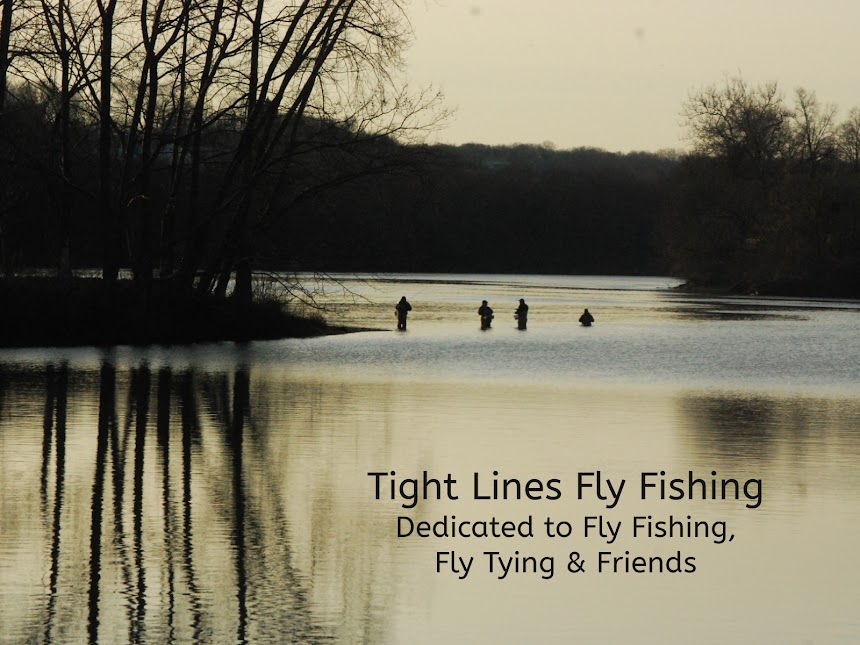Duracell Nymph
Hook: Fulling Mill Jig
hook or Jig hook of choice, Size #12.
Thread: 8/0 Camel or Wood
Duck Thread.
Bead: Silver Nickel Tungsten Bead 3.3 MM or sized to match hook.
Tail: Coq De Leon Fibers, Dyed Brown.
Rib: UTC Ultra Small Red Wire.
Body & Thorax: Ice Dub UV Brown.
Collar: Brown CDC Fibers spun in a dubbing loop. Finished with 2-3 addition thin wraps of Brown UV Ice Dub behind the bead.
I’ve had great success fishing with this fly throughout the
entire season. Also, if you fish the
TMA’s here in CT, sometimes the trout acquire ‘gold-bead-itis’. A fly with a copper, silver, rainbow, or
alternative color can sometimes make a difference. This is perhaps my best producing ‘silver’
bead fly. And boy does it sink with the
Ice Dub material. Although there are not
many materials needed for the Duracell, it is not an easy tie. It’s very difficult to form a slender dubbing
noodle with Ice Dub. The material very hard
to tame. I recommend using some tying
wax and you might even want to moisten your fingers. There are also some special tools(clips)
available to help form your CDC Collar dubbing loop. That should help to make tying this fly
easier for you.
To tie this fly begin by placing your bead on the hook and
hook in the vice. Start your thread
behind the bead, take a few securing wraps, cut off the tag end and wrap down
to the bend of the hook. Next, strip
& prepare 5-6 fibers of Coq De Leon fibers to tie in for your tail. They should be approximately a hook shank in length
or shorter depending upon your preference.
After you have secured them, cut
off the butt ends, then tie in your Red Wire Rib. I usually tie it in behind the bead and wrap
back down to the bend.
Next, dub a body & thorax of Ice Dub UV Brown. Dub a tapered body ending just behind the bead, then back off your thread a turn or two. Now wrap your wire forward to create a segmented body. Tie it off with your thread and ‘helicopter’ the wire butt end off the hook shank. Prepare your CDC feather fibers and dubbing loop. There are commercial tools that can help you do this. I use a household plastic clip to hold the fibers clipped from the feather. I then bring the clip with the fibers to my dubbing loop and spin it. Now wrap your CDC Dubbing loop around the hook shank 3-4 times, stroking the fibers rearward as you do so. This should create a nice ‘wet fly’ type collar. Tie and clip off the remaining loop. Finally, apply a small dubbing noodle of Ice Dub behind the bead. This will help train your CDC Collar fibers to flow rearward. Whip finish the fly and you’re done.
Fly Fish Food has a great video on how to tie the Duracell Jig Nymph below:
If you have any questions about this fly or would like to
submit a Fly of The Month I can be reached at pdinice@frontier.com .












